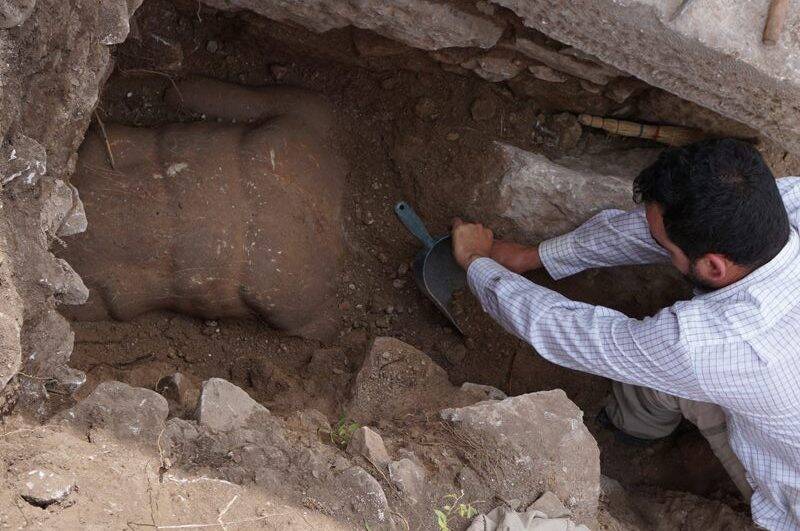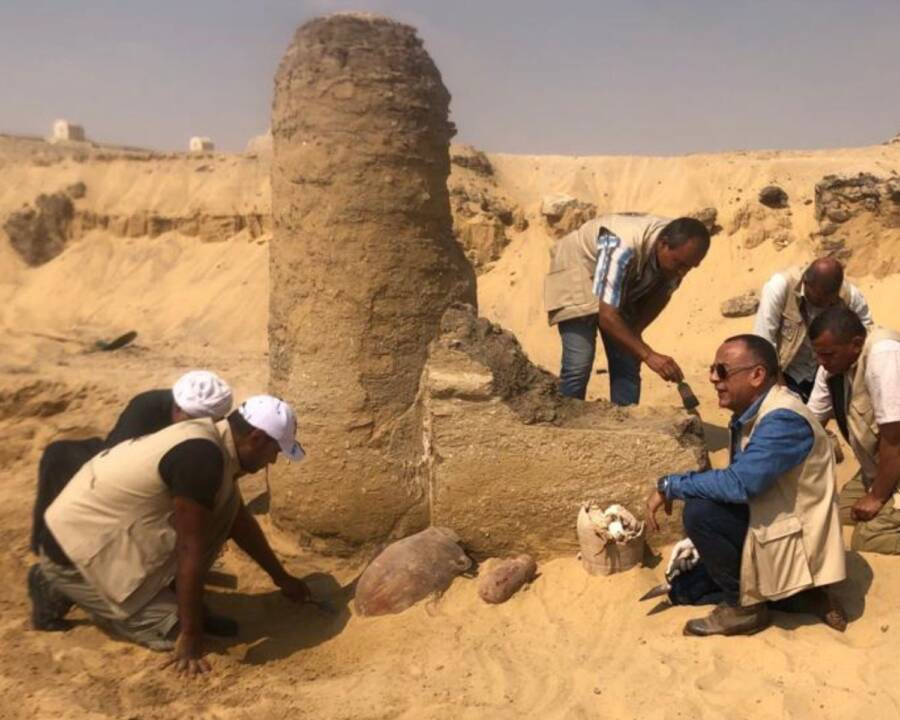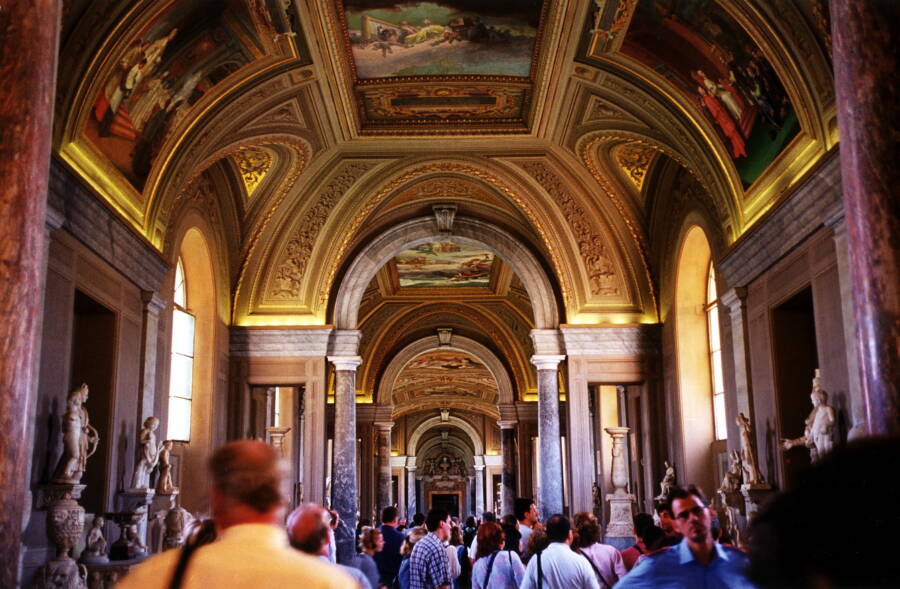Ancient Hercules statue uncovered in Greece, 2,600-year-old cheese found in Egypt, 2,000-year-old Roman statues destroyed in the Vatican.
Archaeologists In Northern Greece Uncovered A 2,000-Year-Old Statue Of Hercules

Hellenic Ministry Of Culture And SportsThe son of Zeus and Alcmene, Hercules is widely depicted as the most heroic of the Greek demigods, a figure of unparalleled strength who completed some of mythology’s most arduous tasks as part of his legendary 12 Labors.
One of the most important cities in ancient Greece, Philippi became a pivotal center for gold mining and a key link between Europe and Asia soon after it was established in 360 B.C.E. This historic city is also where Roman general Mark Antony famously led his troops in an effort that culminated in the killings of Brutus and Cassius, two of the men behind the assassination of Julius Caesar.
Now, researchers have uncovered another stunning piece of Philippi’s legendary history — a gargantuan statue of Hercules that remains largely intact even after 2,000 years. Situated next to an ornate Byzantine building and a great fountain, this statue once stood at the intersection of two main thoroughfares at the center of Philippi.
Learn more about this astounding discovery at the heart of one of the ancient world’s most storied cities here.
Archaeologists In Egypt Have Found 2,600-Year-Old Cheese Inside Clay Vessels

TwitterA group of archaeologists studies the clay vessels and ancient cheese recently found in Saqqara, Egypt.
Researchers working at a site in Egypt’s Giza Governorate recently reported a surprising discovery. Within ancient clay pots decorated with Demotic script, an ancient Egyptian form of writing found on the famous Rosetta Stone, they found blocks of white cheese dating back 2,600 years.
The cheese was unearthed during an excavation at the Saqqara necropolis and dates back to around the 26th Egyptian Dynasty, roughly between 664 and 525 B.C.E.
Dig deeper in this report.
An American Tourist Smashed Two Ancient Roman Statues In The Vatican After Being Denied Permission To See The Pope

Lothar M. Peter/ullstein bild via Getty ImagesThe Chiaramonti Museum at the Vatican in Rome.
On Oct. 5, 2022, an American tourist visiting the Vatican was apparently so enraged that he wasn’t allowed to see the Pope, he threw a tantrum and destroyed two 2,000-year-old Roman sculptures on his way out.
The incident took place in the Museo Chiaramonti, part of the Vatican Museums that holds nearly 1,000 Roman statues and describes itself as “one of the finest collections of Roman portraits” worldwide.
Read on here.





